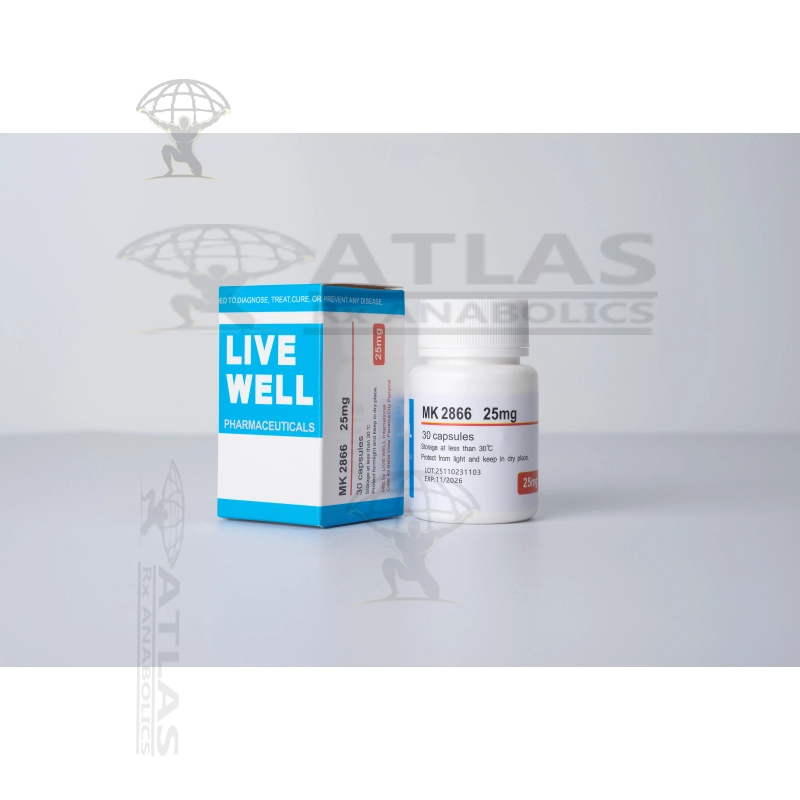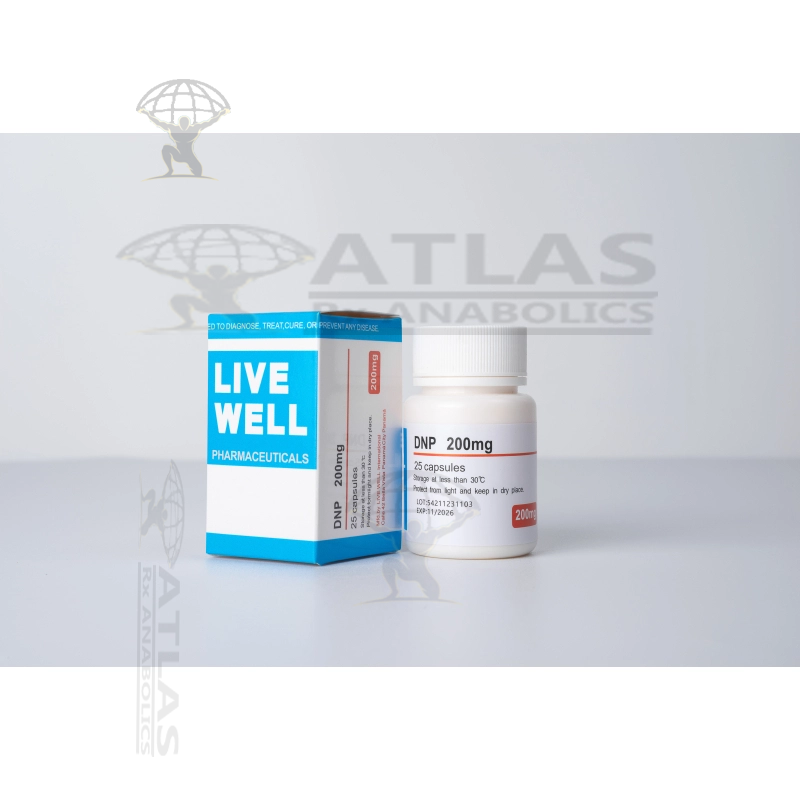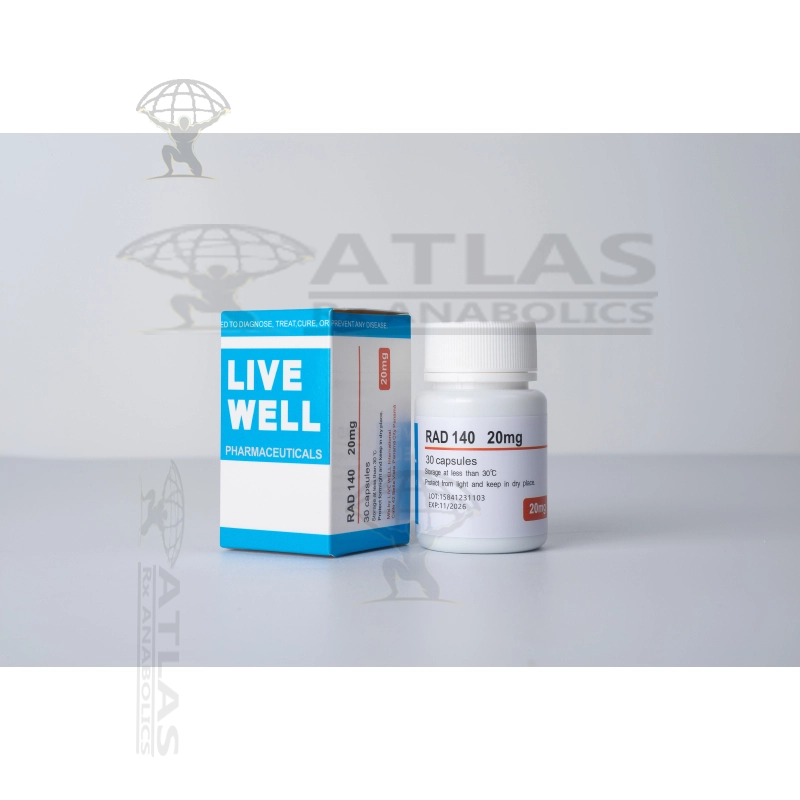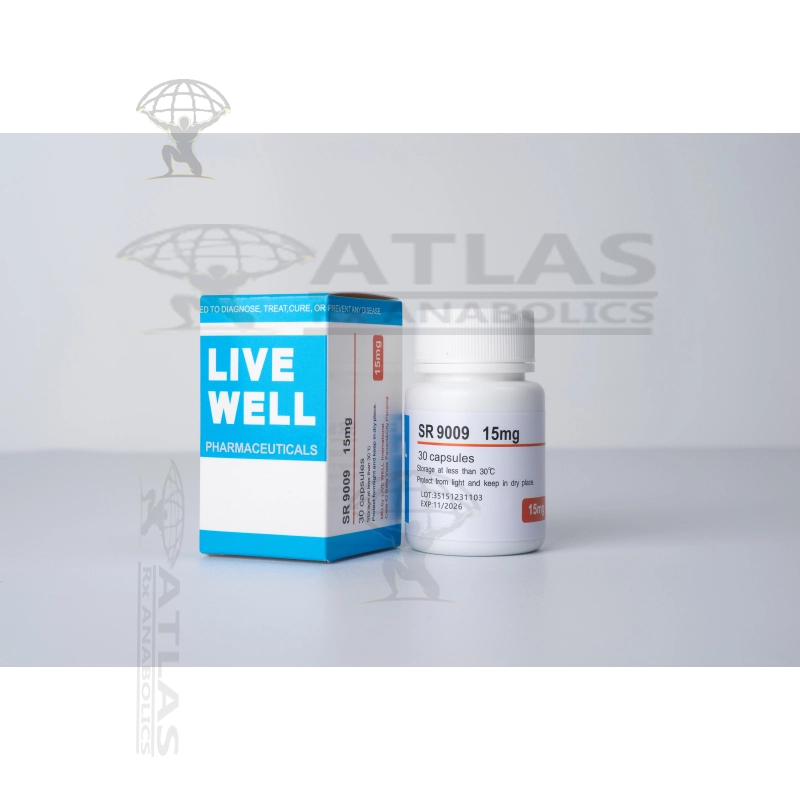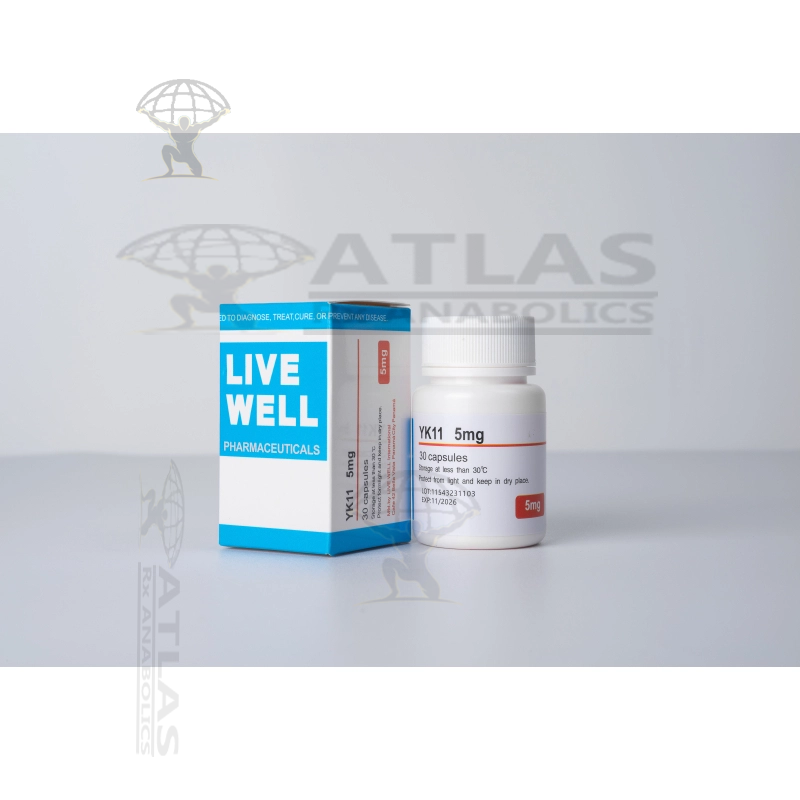Description for Boldenone Undecylenate( EQ 500mg)
Boldenone Undecylenate, also known as Equipoise or simply EQ, is a synthetic anabolic androgenic steroid (AAS) that is derived from testosterone. It was originally developed for veterinary use, particularly for horses. However, it has gained popularity among bodybuilders and athletes for its performance-enhancing effects.
Boldenone Undecylenate is characterized by its long-acting ester, which allows for a slow and gradual release of the hormone into the body after administration. This results in a sustained and stable blood plasma level, extending the duration of its effects. Typically, the half-life of Boldenone Undecylenate is around 14 days, making it suitable for less frequent injections compared to other steroids.
In terms of its anabolic properties, Boldenone Undecylenate exhibits moderate to high anabolic activity, with a relatively low androgenic effect. This makes it a popular choice for those seeking lean muscle gains without excessive water retention or androgenic side effects. It promotes protein synthesis and nitrogen retention, leading to increased muscle mass, strength, and endurance.
One of the unique characteristics of Boldenone Undecylenate is its ability to increase red blood cell production, known as erythropoiesis. This results in improved oxygen-carrying capacity, enhancing stamina and endurance during physical activities. This quality has made it popular among athletes involved in endurance sports such as cycling, running, and swimming.
Like other AAS, Boldenone Undecylenate is not without potential side effects. These can include androgenic effects such as increased oiliness of the skin, acne, and facial hair growth in women. It can also suppress natural testosterone production, leading to potential hormonal imbalances and libido issues. Other potential side effects include cardiovascular strain, liver toxicity, and negative impacts on cholesterol levels.
It is important to note that the use of Boldenone Undecylenate is prohibited in most competitive sports and organizations due to its performance-enhancing effects. Additionally, its use should always be under the guidance and supervision of a licensed healthcare professional to ensure safe and responsible usage.
In conclusion, Boldenone Undecylenate is a synthetic steroid with anabolic properties that can promote lean muscle growth, endurance, and strength. However, it should be used with caution and under professional supervision due to potential side effects and legal restrictions.
Based on 0 review(s)
Shipping Cost
On all orders is set at $25.00
Secure checkout
Protected by Bitcoin
Offer & gift here
On all huge orders



